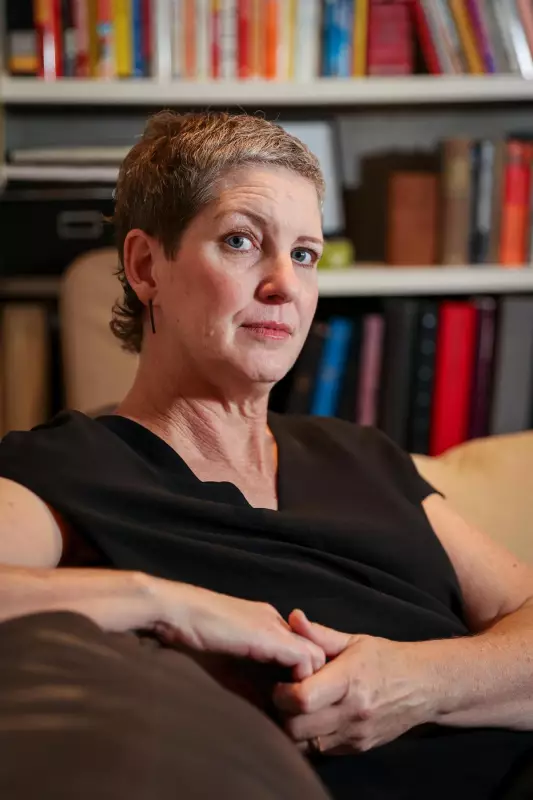
Australian women in their 20s are facing a disturbing health crisis as new data reveals breast cancer rates have doubled among this young demographic. The alarming trend has health experts urging younger women to be more vigilant about their breast health than ever before.
Concerning Statistics Emerge
Recent analysis of health data shows that breast cancer incidence among women aged 20-29 has increased dramatically across Australia. The rate has effectively doubled compared to previous decades, marking a significant shift in cancer patterns that traditionally affected older women.
Medical professionals express particular concern because breast cancer in younger women often presents differently and can be more aggressive. The data indicates that while overall cancer rates have shown some improvement in older age groups, the opposite trend is occurring among women who should statistically be at lower risk.
Experts Sound the Alarm
Oncologists and breast cancer specialists across the country are taking note of this worrying pattern. They emphasize that younger women typically don't qualify for routine mammogram screenings, making self-awareness and early detection even more critical.
Many younger women dismiss potential symptoms assuming they're too young for serious health concerns like breast cancer. This dangerous misconception can lead to delayed diagnosis and treatment, ultimately affecting outcomes.
Healthcare providers are now calling for increased education targeting younger demographics. They want women in their 20s and 30s to understand that breast cancer doesn't discriminate by age and that being proactive about unusual changes could save lives.
What Younger Women Need to Know
Medical experts recommend that all women, regardless of age, become familiar with their breast tissue and report any concerning changes immediately. Key symptoms to watch for include:
- New lumps or thickening in the breast or underarm area
- Changes in breast size, shape, or appearance
- Unexplained pain in any part of the breast
- Skin changes such as redness, dimpling, or puckering
- Nipple discharge other than breast milk
Early detection remains the most powerful tool in fighting breast cancer at any age. While the rising rates among younger women are concerning, advances in treatment mean that many breast cancers are highly treatable when caught early.
The medical community continues to research why this increase is occurring specifically among younger Australian women. Factors being investigated include lifestyle changes, environmental influences, and potential genetic components that might be contributing to this troubling trend.





